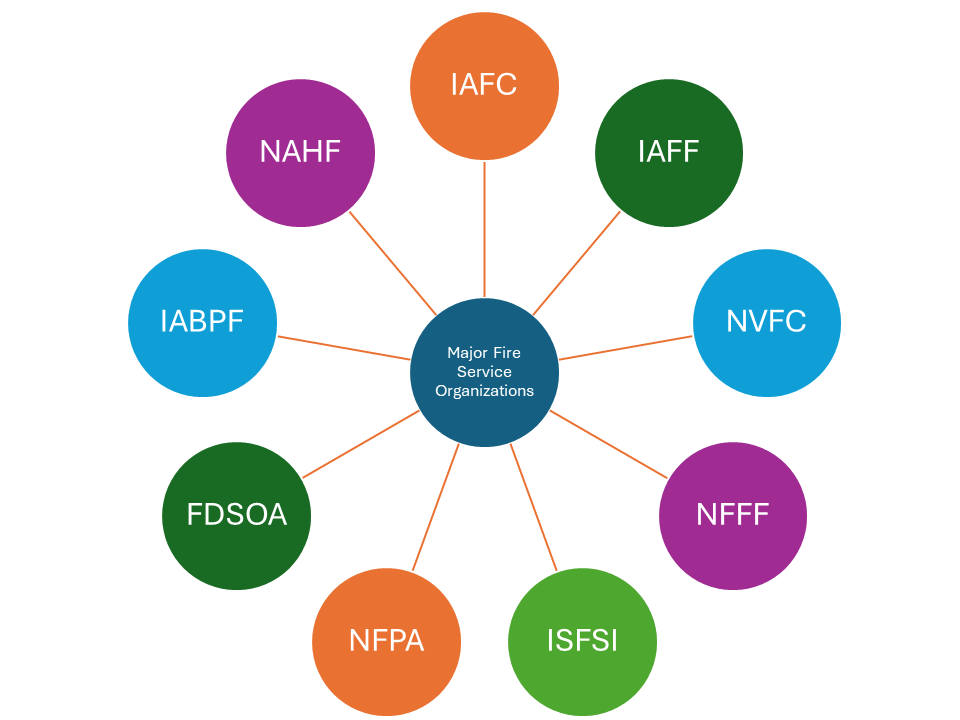By: Robert Avsec, Executive Fire Officer
Somewhere in the neighborhood of 200 firefighters annually are dying from suicide and we don’t know why. Any rebuttal to that statement is going to get the following response from me: Show me the data.
Even the number of firefighters who die from suicide is a guesstimate. Jeff Dill and his crew at the Firefighter Behavior Health Alliance—who have arguably the best guestimate—only know about the firefighter suicide deaths that they learn about from scanning news feeds (e.g., Google search alerts) and firefighters calling or contacting FBHA with the basic information: Who, when, where, and how. But nobody is collecting and analyzing data to tell us: Why!
Once again, the law enforcement community is ahead of the fire service on an issue affecting its members. On January 1, 2022, the Federal Bureau of Investigation (FBI) launched the Law Enforcement Suicide Data Collection (LESDC) to provide a mechanism for law enforcement agencies to report suicides and attempted suicides of law enforcement personnel, as defined within the LESDC Act, for the purpose of compiling national statistics on these tragedies. Authorized law enforcement agencies are now able to send suicide information for their officers for incidents occurring on January 1, 2022, and forward.
The (LESDC) Act aims to help agencies better understand and prevent suicides among current and former law enforcement officers, corrections employees, 911 operators, judges, and prosecutors. The FBI will collect the following information for each current or former law enforcement officer who attempts or dies by suicide, including:
- Circumstances and events that occurred before each suicide or attempted suicide.
- General location.
- Demographic information.
- Occupational category
- Method used in each suicide or attempted suicide.
I’m not sure what “circumstances and events that occurred before each suicide or attempted suicide” exactly means nor who will be collecting this information and putting it into the LESDC. I’m guessing that there will be a police psychologist involved because most police departments have a psychologist on staff because that’s been the norm in law enforcement for decades.
We Investigate Fires, Why Not Firefighter Suicides?
Excellent question. I’ll start to answer that with why we investigate fires for origin and cause. We do so for several reasons by asking the question, Was the fire a result of:
- An act of arson?
- Human behavior?
- Product defect?
- Fire code violation?
The “hot topic”—no pun intended—in fire investigation concerns fires resulting from lithium-ion battery runaway. Those investigations are helping the fire service and battery manufacturers to understand why these battery runaways are happening and what manufacturers need to know so that they can “manufacture out” the problems.
The information gained from those investigations is also providing the data necessary to create effective public education programs to help end the human factors that have been identified as causative factors (e.g., overcharging batteries, damaging batteries).
The data gleaned from fire investigations in the past have supported the need for fire and building codes changes, removal of products from sale or major reengineering to remain on the market, changes in fire suppression strategies and tactics, and revisions to fire safety public education.
The Scientific Answer

So, why aren’t we applying the scientific method to gather the data necessary to help us understand why firefighters are taking their own lives? And why aren’t fire departments and the major fire service organizations—Looking at you U.S. Fire Administration, IAFC, IAFF, NVFC, NFFF—engaging the knowledge, skills, and experience of psychologists in this effort like our law enforcement cousins?
I’m talking about conducting psychological autopsies. Picture this: Those major fire service organizations come together with the Fire Service Psychology Association—the first and only group that represents psychologists and masters-level mental health clinicians working in the fire service space—and create regional response teams akin to the USAR Task Forces to conduct a psychological autopsy for every firefighter suicide.
What’s a Psychological Autopsy?
A psychological autopsy (PA) is a technique used in forensic psychology to understand the mental state of a deceased individual at and around the time of death. Here are the key points:
Purpose. The primary goal of a psychological autopsy is to find the cause of death (e.g., accident, suicide, or other explanations) by examining the person’s psychological state. It is an extension of victimology, focusing on reconstructing the deceased’s mental and emotional condition.
Information Gathering. A significant amount of information is collected to perform a psychological autopsy, including, but not limited to, the following:
- Personal Information: History of drug/alcohol abuse, known stresses, lifestyle, relationships.
- Biographical Information: Birth date, occupation, marital or relationship status.
- Secondary Information: Criminal record, family history.
- Interviews with Family Members: Insights from those who knew the deceased.
Challenges and Considerations. Reliability and validity of psychological autopsies are debated and training uniformity among investigators using this technique varies. Despite challenges, it is still a valuable tool for investigative teams. As the fields of forensic and investigative psychology continue to evolve, psychological autopsies may become more mainstream.
Until we start gathering and analyzing the information that can be obtained by conducting a psychological autopsy for EVERY firefighter suicide, many will continue search for a solution to a problem that they don’t understand. Meanwhile, firefighters will continue to take their own lives in ever increasing numbers.
 Fire & EMS Leader Pro The job of old firefighters is to teach young firefighters how to become old firefighters!
Fire & EMS Leader Pro The job of old firefighters is to teach young firefighters how to become old firefighters!


